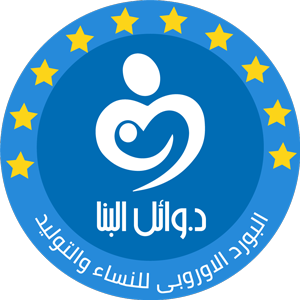Stretch marks in pregnancy
Stretch marks are narrow, streak-like lines that can develop on the surface of the skin. They can be pink, red, purple or brown, depending on your skin colour. They are common in pregnancy, affecting around 8 out of 10 pregnant women.
They usually appear on your tummy, or sometimes on your upper thighs and breasts, as your pregnancy progresses and your bump starts to grow. When stretch marks appear will be different from woman to woman.
The first sign you notice might be itchiness around an area where the skin is becoming thinner.
Stretch marks are not harmful. They do not cause medical problems and there is no specific treatment for them.
After your baby is born, the marks may gradually fade into paler scars and become less noticeable. They probably will not go away completely.
What causes stretch marks?
Stretch marks are very common and do not just affect pregnant women.
They can happen whenever the skin is stretched, for example when we’re growing during puberty or when putting on weight. Hormonal changes in pregnancy can affect your skin and make you more likely to get stretch marks.
They happen when the middle layer of skin (dermis) becomes stretched and broken in places.
Whether or not you get stretch marks depends on your skin type, as some people’s skin is more elastic.
Pregnancy weight gain
You are more likely to get stretch marks if your weight gain is more than average in pregnancy. Most women gain about 10 to 12.5kg (22 to 28lb) in pregnancy, although weight gain varies a great deal from woman to woman.
How much weight you gain may depend on your weight before you were pregnant.
It’s important that you do not diet to lose weight when you’re pregnant, but you should eat a healthy, balanced diet.
Preventing stretch marks
Call Now
+201222233336
All rights reserved. @ Dr.Wael El Banna
